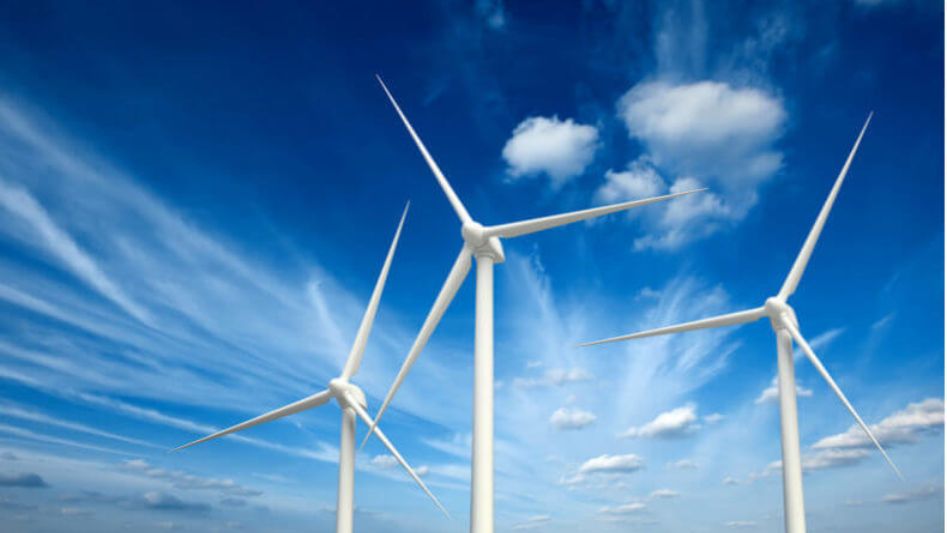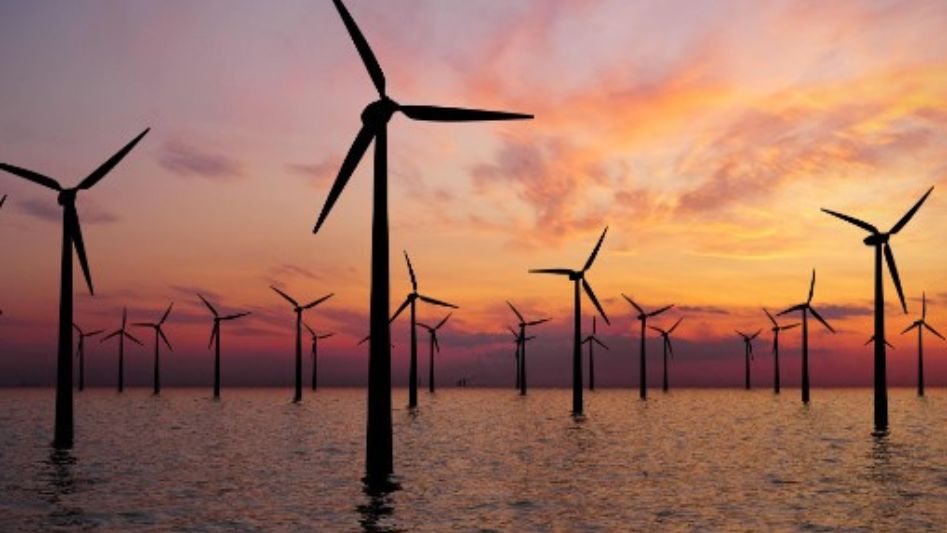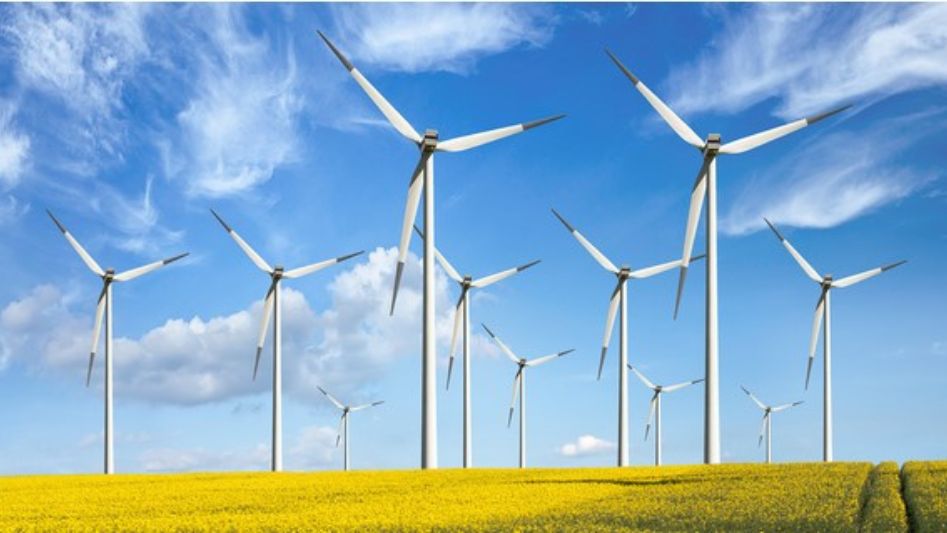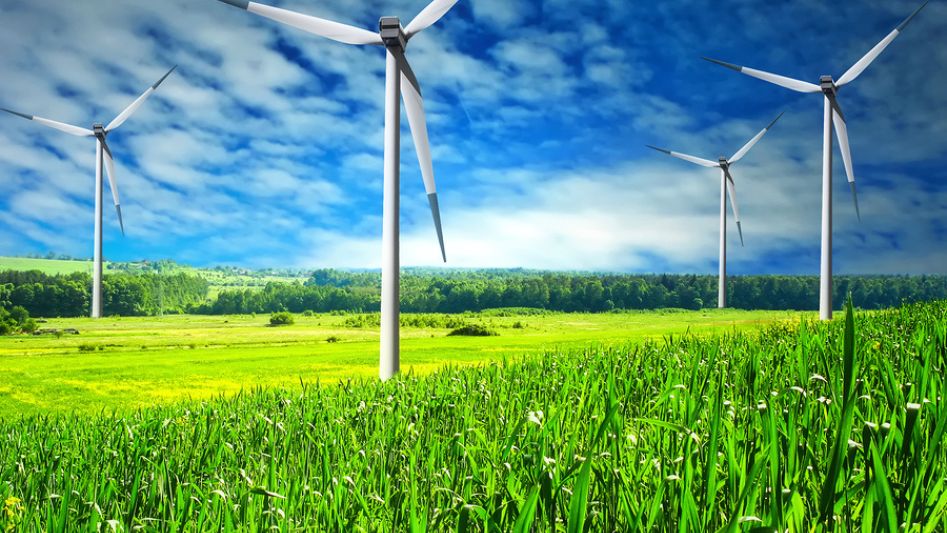Wind energy is a promising and rapidly growing renewable energy source that has gained significant attention due to its environmental and economic benefits. As the global energy demand continues to increase, there is a pressing need to integrate wind energy with other renewable energy sources to create a more sustainable, efficient, and reliable energy system. This article explores the potential and benefits of integrating wind energy with solar, hydropower, and other renewable energy sources.
Table Of Content
We invite you to read: “The Importance of Wind Energy in the Energy Transition”

The Need for Energy Diversification
As the world moves towards a low-carbon future, diversification of energy sources is vital to ensure grid stability and energy security. Renewable energy sources like wind, solar, and hydropower are intermittent and can be affected by weather conditions, geographic location, and time of day. Integrating multiple renewable energy sources allows for a more balanced and resilient energy system that can better handle fluctuations in generation and demand.
Wind and Solar: Complementary Power Sources
Wind and solar power are the two most widely used renewable energy sources, and integrating them can yield significant benefits. As wind and solar generation patterns are often complementary, they can help to smooth out the variability in power output. While solar energy is generally available during daylight hours, wind energy tends to be more consistent throughout the day and night. By integrating both sources, power generation can be optimized, and the need for energy storage or backup power can be reduced.
Hybrid Wind-Solar Systems
Hybrid wind-solar systems combine both wind turbines and solar panels to generate electricity. These systems can be connected to the grid or operate as standalone systems for off-grid applications. Hybrid systems allow for the efficient use of available land and can provide more consistent power generation. They also help to reduce the need for expensive energy storage systems and provide a cost-effective solution for remote locations where grid access is limited or unavailable.
We invite you to read: “The Benefits of Distributed Wind Energy Systems”

Wind and Hydropower: A Powerful Duo
Integrating wind energy with hydropower offers a promising solution for addressing the intermittency of wind power. When wind generation is high, excess energy can be used to pump water into storage reservoirs. During periods of low wind generation, this stored water can be released to generate hydroelectric power. This combination of wind and hydropower can create a stable and reliable energy system, reducing the need for backup power sources.
The Role of Energy Storage
Energy storage plays a crucial role in integrating wind energy with other renewable sources. Technologies such as batteries, pumped hydro storage, and hydrogen fuel cells can help to store excess energy generated by wind turbines and release it when needed. This allows for a more flexible and resilient energy system, capable of meeting the demand even during periods of low wind or other renewable energy generation.
Grid Integration and Smart Grids
Effective integration of wind energy with other renewable sources requires advanced grid management and smart grid technologies. Smart grids use digital technologies, automation, and advanced control systems to improve the efficiency, reliability, and resilience of the power grid. They enable the effective integration of various renewable energy sources, energy storage, and demand-side management, creating a more balanced and sustainable energy system.
We invite you to read: “Wind Energy and Grid Modernization: A Synergistic Approach”

Conclusion
The integration of wind energy with other renewable energy sources is a crucial step towards a sustainable energy future. By harnessing the complementary nature of different renewable energy sources and employing smart grid technologies, we can create a more stable, efficient, and environmentally friendly energy system. This integrated approach is vital in addressing global energy challenges and achieving our climate goals.
FAQ
What is energy diversification?
Energy diversification refers to using a mix of different energy sources to ensure grid stability, energy security, and reduce dependence on a single energy source.
Why is energy diversification important?
Diversification reduces risks associated with reliance on a single energy source, increases resilience against supply disruptions, and supports a more sustainable and environmentally friendly energy system.
What are some challenges of integrating wind energy with other renewable sources?
Challenges include intermittency, grid management, infrastructure development, costs, and the need for advanced energy storage and smart grid technologies.
What are the environmental benefits of integrating wind energy with other renewable sources?
Integrating wind energy with other renewables reduces greenhouse gas emissions, lowers air pollution, and minimizes the environmental impact of energy production, supporting global climate goals.
You May Also Like
- The Advantages and Disadvantages of Community Wind Energy Projects
- The Future of Wind Energy: Predictions and Trends
- A Beginner’s Guide to Wind Energy: How It Works and What It Powers
- The Environmental Impact of Wind Energy: A Comprehensive Analysis
- How Wind Energy is Changing the Landscape of Energy Generation

